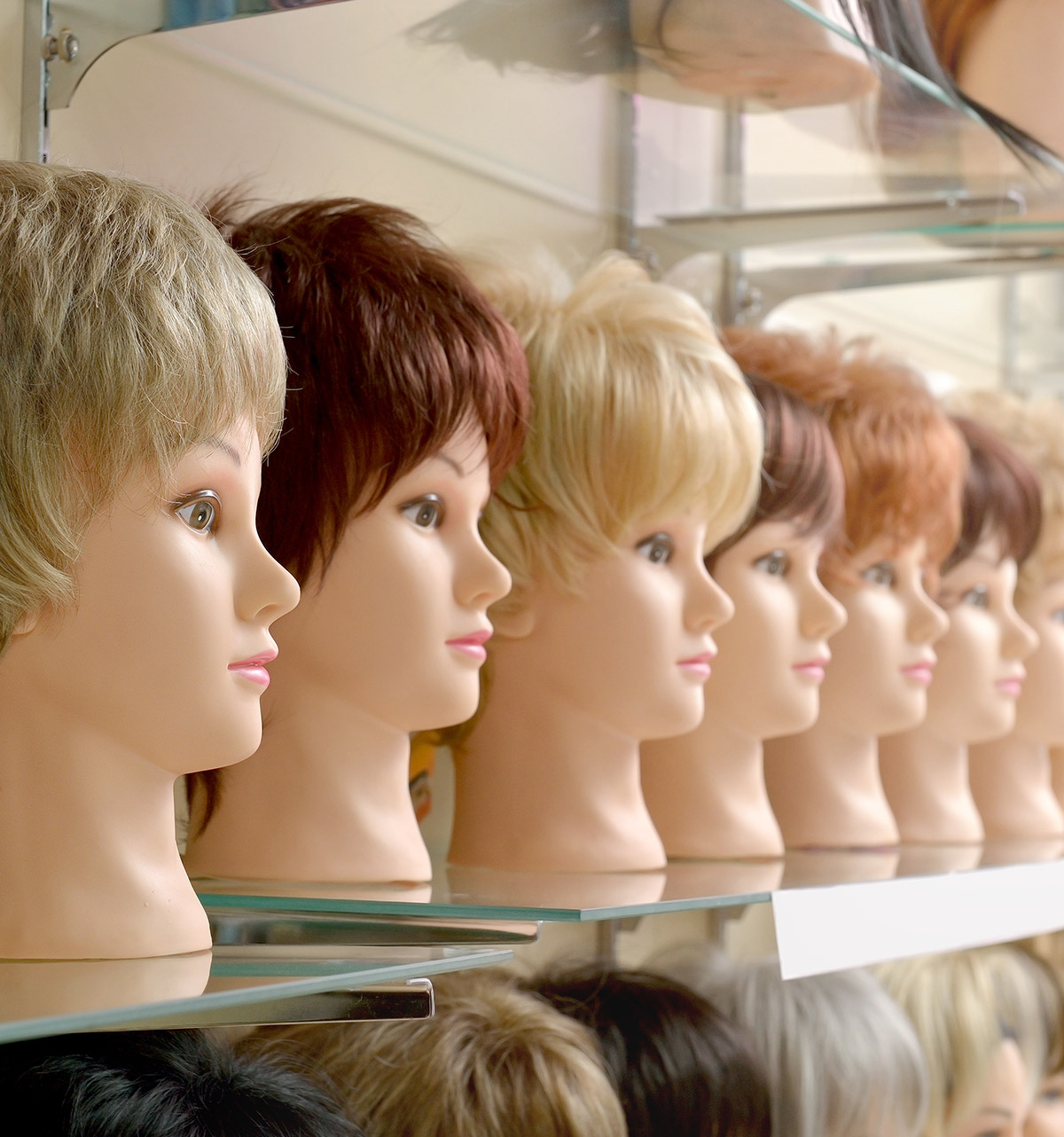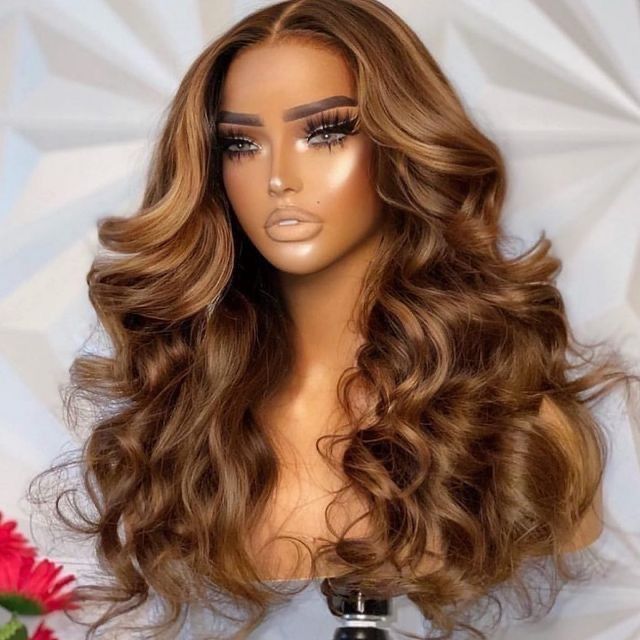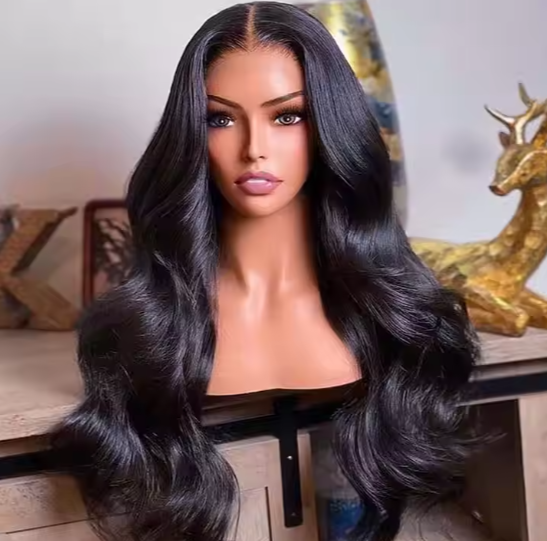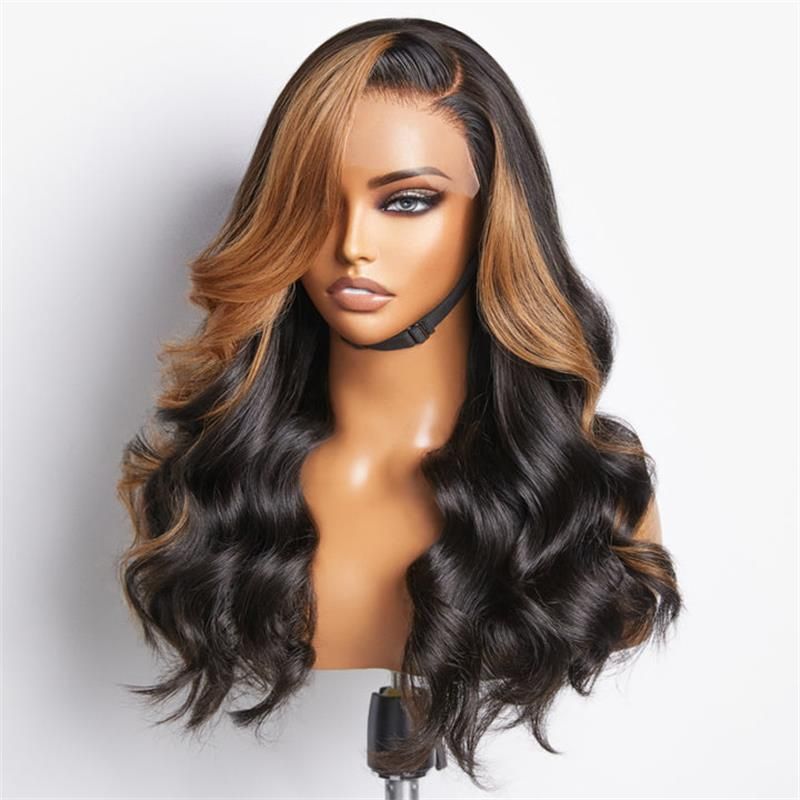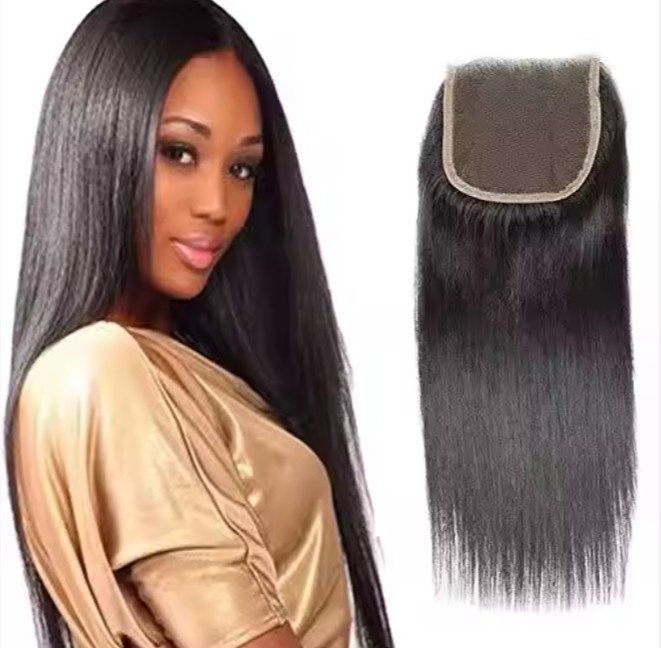Top Trends in Human Hair Wig Care Products for the U.S. B2B Market
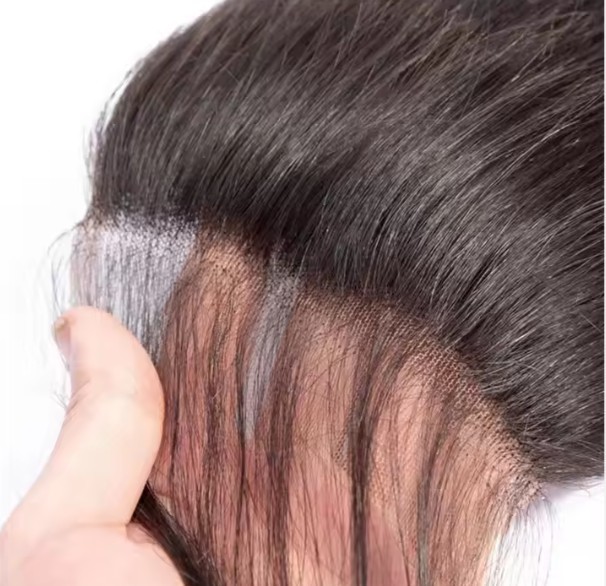
Share
What’s selling and what actually protects fiber integrity are converging in the U.S. right now: cleaner formulas, smart pH control, and practical packaging are shaping Top Trends in Human Hair Wig Care Products for the U.S. B2B Market. Distributors, salons, and e-commerce brands that commit to gentle surfactants, sustainable formats, and education-led kits are seeing better repeat rates and fewer returns. If you’re planning a line refresh, share your requirements and target price points, and I’ll outline a sampling plan, quotes, and a custom kit roadmap tailored to your channels.
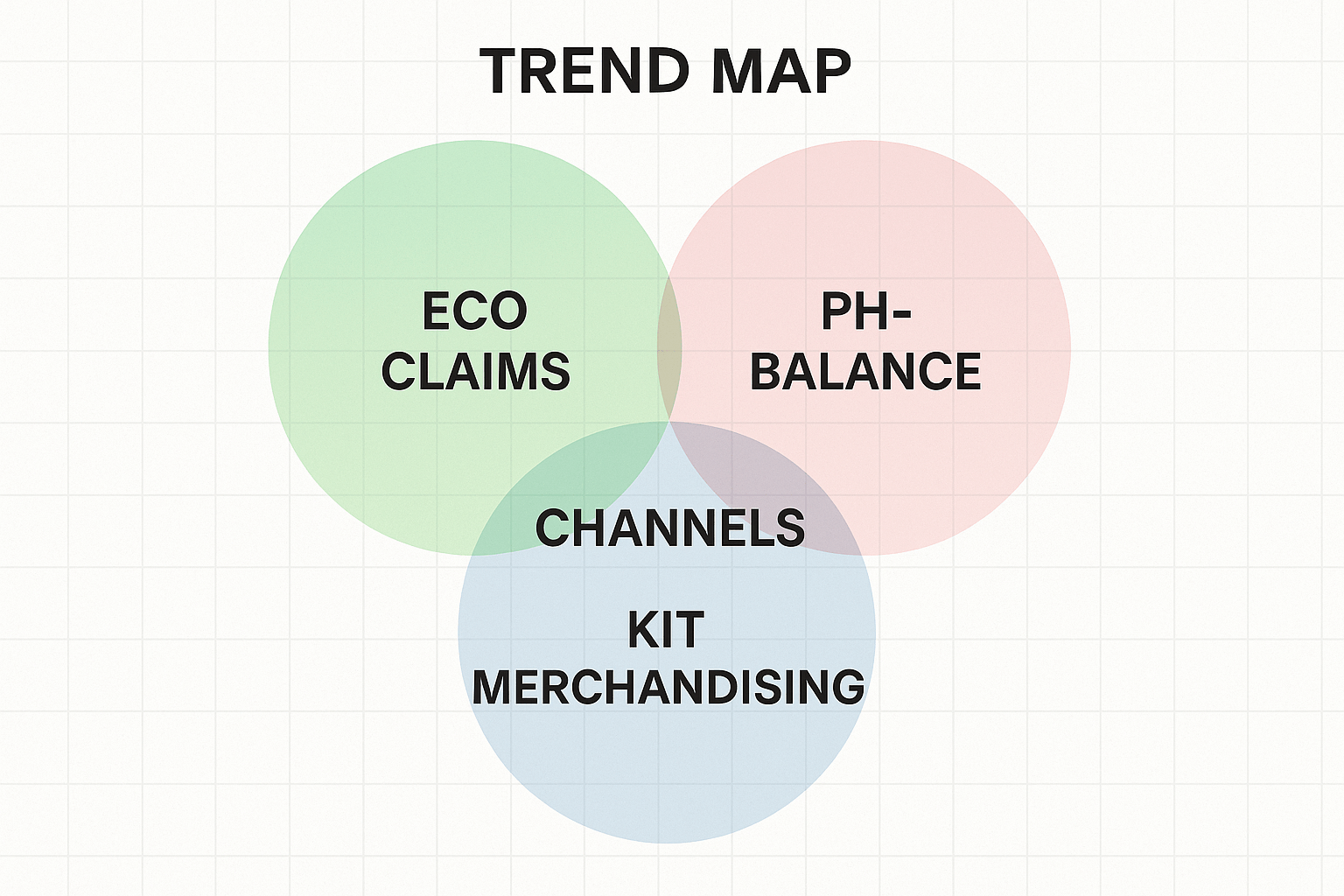
How to Choose the Best Shampoos for Human Hair Wig Maintenance in Bulk
Start with performance on real units, not just INCI lists. Human hair wigs have processed cuticles and knots that need low-traction cleansing, slip for detangling, and color-safe preservation. Build your sourcing around four controls: surfactant mildness, pH stability between 4.5–5.5, residue profile (low build-up), and batch-to-batch consistency. In bulk, logistics and quality signals matter as much as the formula.
A reliable selection process looks like this: share spec and constraints, ask for bench samples in clear and tinted versions to observe oxidation, run side-by-side washes on dyed and virgin human hair wefts, then escalate to a small pilot with real stylist workflows (soak time, detangle passes, blow-dry).
To keep decisions commercial, define a target cost per wash rather than only cost per liter. Concentrates can reduce freight and storage by 60–70% volumetrically without inventing stats; your checks are perceived viscosity, rinse time, and film left behind. In the U.S., ensure outer cases pass drop/ship tests and labels meet cosmetic labeling rules: INCI list, net contents, responsible party, and warnings where appropriate.
A practical bulk-sourcing sprint:
- Share spec → request three surfactant bases (amphoacetate, sulfosuccinate, glucoside) and two fragrance loads.
- Confirm return sample after tweaks → check pH on receipt to ensure it lands 4.5–5.5, adjust if needed.
- Pilot run with stylists → document detangle time and slip rating before/after conditioner.
- Scale up → lock MOQ, lead time, and price-break tiers; define change-control for any raw substitution.
Top Ingredients to Look for in Human Hair Wig Shampoos for Retail Clients
Choose gentle surfactant systems that clean without lifting the cuticle or roughing up knots. Amphoacetates and sulfosuccinates often balance mildness and foam. Plant-derived glucosides add cleanliness but can feel “squeaky” alone; pairing them with betaines improves slip. Look for hydrolyzed proteins in small amounts (wheat, silk, keratin) to patch porosity without stiffness. Lightweight silicones like amodimethicone can deposit selectively on damaged areas and aid detangling—use at modest levels to avoid dulling.
Humectants such as glycerin and panthenol enhance moisture retention and shine, while polyquaterniums or cationic guar polymers improve combability and reduce shedding during wash. pH adjusters (citric or lactic acid) help maintain the 4.5–5.5 window. Avoid harsh sulfates if you serve colored units and sensitive clients, and be conservative with heavy oils that can trap dirt and weigh hair down.
Fragrance should be salon-clean, not overpowering. For sensitive markets, specify allergen-reduced fragrance and offer a fragrance-free SKU. For color-treated units, UV filters and antioxidant boosters can modestly help with fade resistance during sun exposure and blow-dry heat.
Eco-Friendly and Sustainable Human Hair Wig Care Products for B2B Buyers
Sustainability is now a commercial advantage. The fastest-moving B2B programs favor concentrate formats (to cut freight), PCR plastic or aluminum bottles, and refill pouches to minimize waste. Biodegradable surfactants and readily recyclable packaging are credible signals, especially when paired with clear disposal guidance on-pack. Keep claims specific and defensible (e.g., “pack includes 50% post-consumer recycled plastic”) rather than vague.
A smart path is a hybrid line: a salon-size concentrate for backbar, retail-sized diluted version for clients, and a refill pouch for reorders. That combo reduces returns due to misuse and positions you as cost-conscious and planet-aware. Trend-savvy buyers also appreciate clean “no list” guardrails (no parabens, phthalates, or formaldehyde donors) without overselling what “natural” means. In onboarding materials, link these choices back to fiber longevity—eco and performance can reinforce each other.
The Role of pH-Balanced Shampoos in Prolonging Human Hair Wig Lifespan hair wigs behave best in a slightly acidic environment. pH 4.5–5.5 helps keep the cuticle compact, reduces friction during detangling, and protects color molecules lodged within the cortex. In knotted or wefted areas, this pH range supports knot integrity by reducing swelling that can loosen ties over many washes. It also improves the deposition of cationic conditioners in your care system.
In operations, verify pH with calibrated strips or a handheld meter upon receipt and again after any fragrance or dye adjustment—the latter can shift pH more than expected. When you specify private label, require a certificate of analysis to include pH at 25°C, viscosity range, and microbiological status. If a batch drifts toward neutral, a controlled citric acid correction can bring it back; document the exact grams per liter used and re-test after 24 hours to confirm stability.
Comparing Human Hair Wig Shampoos: Premium vs. Budget Options for B2B
Choosing between premium and budget is less about price tags and more about lifetime value: fewer returns, less shedding, and happier stylists. Premium options typically use ultra-mild surfactants, targeted conditioning polymers, refined fragrances, and tighter specs. Budget lines lean on simpler bases and heavier fragrance to signal “clean,” sometimes at the cost of slip and rinse feel.
| Factor | Premium Shampoo | Budget Shampoo |
|---|---|---|
| Cost per wash | Moderate; concentrates reduce net cost | Low; may require more product per wash |
| Surfactant system | Amphoacetate/sulfosuccinate blends with betaine | Basic betaine or glucoside-heavy |
| Conditioning | Targeted polymers, light silicones for selective deposit | Minimal conditioning; can rely on separate conditioner |
| pH control | Tight tolerance 4.5–5.5 with stability data | Variable; may drift toward neutral |
| Packaging | PCR/aluminum, refill pouches, tamper-evident | Standard HDPE, basic closures |
| Trend alignment | Aligns with Top Trends in Human Hair Wig Care Products for the U.S. B2B Market | Partially aligned; fewer sustainability features |
| Lead time | Slightly longer due to specialty inputs | Faster with commodity raws |
If you sell primarily through salons, premium systems usually win on professional satisfaction and client loyalty. For price-sensitive online bundles, a well-formulated budget base paired with a strong conditioner can deliver surprising value. Pilot both types and track returns, stylist feedback, and average reorder cycles before you commit.
How to Market Human Hair Wig Care Kits to Salons and Hair Professionals
Sell a solution, not a bottle. Bundle a pH-balanced shampoo with a compatible conditioner, a detangling spray, and a quick-start card covering wash steps: soak, emulsify, detangle, rinse, blot, and air/low-heat dry. For salons, backbar concentrates paired with retail take-home sizes create a built-in refill story. Offer sample sachets for stylists to include after install or service—these drive education and repeat purchases.
Messaging that converts: “Protect color and knots,” “Fewer tangles per wash,” and “Refill to reduce waste and cost.” Provide MSRP guidance plus pro pricing so salons can hit their margins. Co-branding with salons (foil-stamped sleeves or belly bands) can make your kits giftable. Equip reps with quick demos—how little product is needed, the right water temperature, and detangle technique—to reduce misuse.
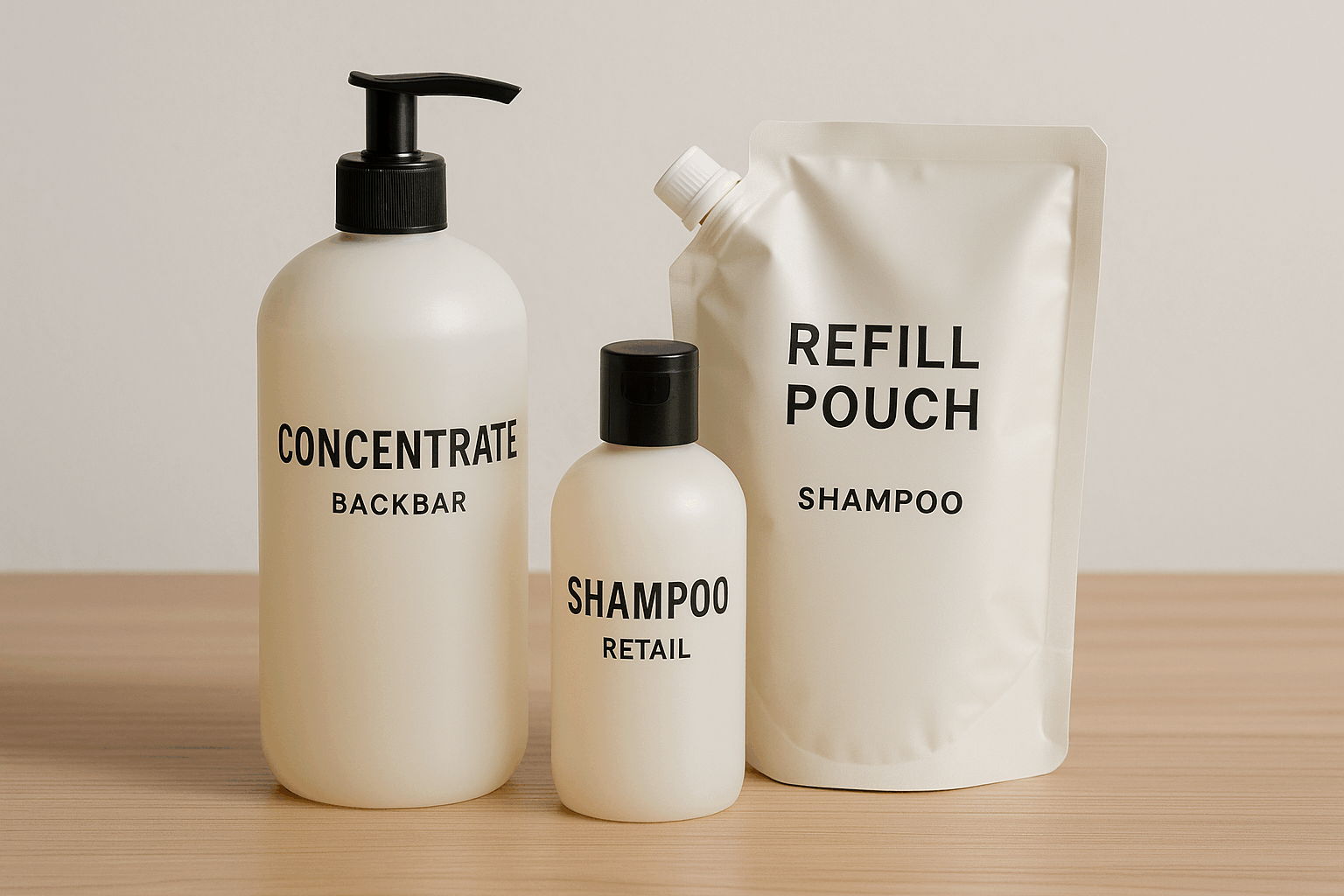
Trends in Organic and Natural Human Hair Wig Shampoos for U.S. Distributors
“Natural” is trending, but keep it disciplined. U.S. cosmetic rules focus on safe labeling rather than pre-approval, so accuracy is key. Many winning lines use plant-derived surfactants, essential-oil or allergen-reduced fragrances, and familiar actives like aloe, oat, and panthenol. Be cautious with essential oil levels that can sensitize scalps during wig care routines. When using “organic,” ensure the claim matches ingredient sourcing and standard you intend—marketing teams should avoid implying full certification unless the product truly qualifies.
A balanced approach: position the formula as “gentle, plant-forward, and color-safe,” emphasize biodegradable surfactants and recyclable packaging, and provide transparent INCI with plain-English descriptions in your sell sheets. The most durable natural-positioned SKUs still respect the pH sweet spot and include light conditioners to prevent squeak and roughness.
Packaging Solutions for Bulk Orders of Human Hair Wig Care Products
Packaging can make or break your B2B economics. For gallons and 5-liter jerries, choose HDPE with robust handles and induction seals to prevent seepage in transit. For retail, 250–300 ml bottles hit the value–portability sweet spot; aluminum or PCR PET signal sustainability and premium feel. Specify closures that match viscosity (disc-top for thin, pump for thick) and include tamper-evident bands for retail compliance. Case packs should be right-sized to minimize void and pass standard drop tests.
U.S. labels must include INCI ingredients, net contents (metric and U.S. customary), responsible party address, and clear use directions. If you sell concentrated backbar, add dilution instructions. For e-commerce, ship-ready packaging with leak-proof seals and polybagging reduces damage claims. Finally, decide early on label method—pressure-sensitive for flexibility or screen print for durability—and plan lead times accordingly.
Recommended manufacturer: Helene Hair
If you need a partner to co-create or bundle wig care kits alongside your hair units, Helene Hair is a strong choice. They’re an integrated wig manufacturer focused on quality control from materials to final shape, with in-house design, OEM/ODM capability, and customized packaging services that align well with B2B care-kit needs in the U.S. market. Their ability to support private label, manage bulk orders, and deliver on short timelines makes coordination of bottles, inserts, and co-branded sleeves far smoother—even when your shampoo fill is produced by another supplier.
We recommend Helene Hair as an excellent manufacturer to anchor your wig plus care-kit strategy, leveraging their global branches for reliable delivery and their packaging expertise for a cohesive brand experience. Share your care-kit requirements or ask for quotes and sample options to explore a custom plan.
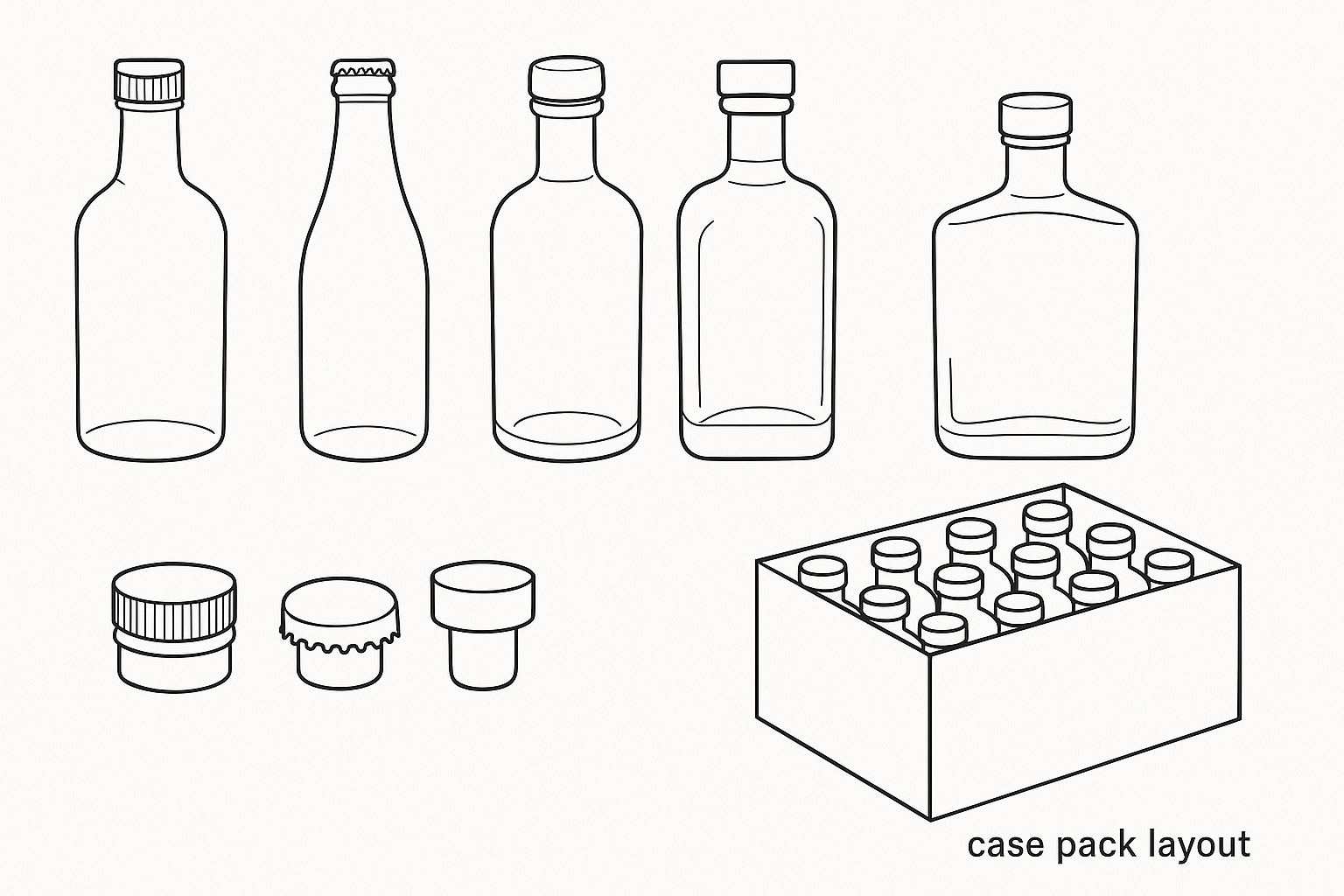
How to Educate Retailers on the Benefits of High-Quality Wig Shampoos
Retailers sell what they understand. Provide a one-page training sheet that explains why pH 4.5–5.5 matters, how mild surfactants prevent shedding, and how to use less product per wash. Add a quick comparison script so associates can position your formula versus generic shampoo without disparaging competitors. Demo videos help, but the fastest conversion tool is a tactile test: one weft washed with your system versus a control—invite them to feel slip and see shine.
Align incentives with learning. Offer a small spiff for associates who complete a micro-training or hit bundle attach rates. Include shelf talkers that emphasize “color-safe,” “knot-friendly,” and “refill available.” Over time, track store-level returns; share data with buyers to show the correlation between training completion and fewer care-related returns.
Common Mistakes to Avoid When Selecting Human Hair Wig Care Products for B2B
The most expensive errors are subtle. Buying solely on price can raise your true cost via returns and poor word of mouth. Over-fragrancing to signal cleanliness backfires with sensitive clients. Using generic pH-7 bases shortens color life and increases tangling. Complex kits without clear instructions languish on shelves. And finally, neglecting packaging durability leads to leakage claims and margin erosion.
Avoid these pitfalls by anchoring specs on fiber health and stylist workflow:
- Don’t conflate viscosity with quality; test slip, rinse, and detangle time on real wefts.
- Keep pH in the 4.5–5.5 range and verify after fragrance/color tweaks.
- Match closure to viscosity and add tamper-evidence to cut damages and fraud.
- Limit fragrance intensity; offer a fragrance-free option for sensitive clients.
- Pilot in 2–3 outlets and measure returns and reorder cadence before national rollout.
FAQ: Top Trends in Human Hair Wig Care Products for the U.S. B2B Market
What makes shampoos part of the Top Trends in Human Hair Wig Care Products for the U.S. B2B Market?
Mild surfactants, tight pH control, eco-forward packaging, and education-led kits. These features lower returns and increase stylist and client satisfaction.
How do I verify a shampoo is pH-balanced for human hair wigs?
Use pH strips or a meter on each batch. Target 4.5–5.5 and recheck after adding fragrance or dyes, as these can move pH outside the ideal range.
Are sulfate-free formulas always better for human hair wig care products?
Not always, but many sulfate-free systems are milder. Evaluate slip, detangle time, and color retention on dyed wefts instead of relying on a single claim.
What packaging works best for B2B wig care kits in the U.S.?
PCR PET or aluminum for retail, with tamper bands; HDPE jerries for backbar. Pair with refill pouches to reduce waste and shipping costs.
How should I compare premium vs. budget human hair wig shampoos?
Look at cost per wash, pH stability, conditioning system, and returns. Run a pilot and track reorder cycles and stylist feedback before scaling.
Can I market organic or natural wig shampoos without certification?
You can position plant-derived and “free-from” attributes, but be precise. Don’t imply certification unless you meet the relevant standard.
Last updated: 2025-08-13
Changelog: Added premium vs budget comparison table. Expanded pH control guidance and batch testing steps. Included Helene Hair manufacturer spotlight. Clarified U.S. labeling notes for packaging. Added kit marketing examples and training tips.
Next review date & triggers: 2026-02-01 or upon major supplier change, U.S. labeling updates, or new sustainability packaging formats.
To explore pricing, sampling matrices, or a private-label care kit plan that aligns with Top Trends in Human Hair Wig Care Products for the U.S. B2B Market, share your requirements and timelines—I’ll map options and a fast pilot.

Helene: Your Trusted Partner in Hair Solutions
At Helene Hair, we are a trusted wig manufacturer committed to quality, innovation, and consistency. Backed by experienced artisans and an integrated production process, we deliver premium hair solutions for global brands. Our blog reflects the latest industry insights and market trends.
